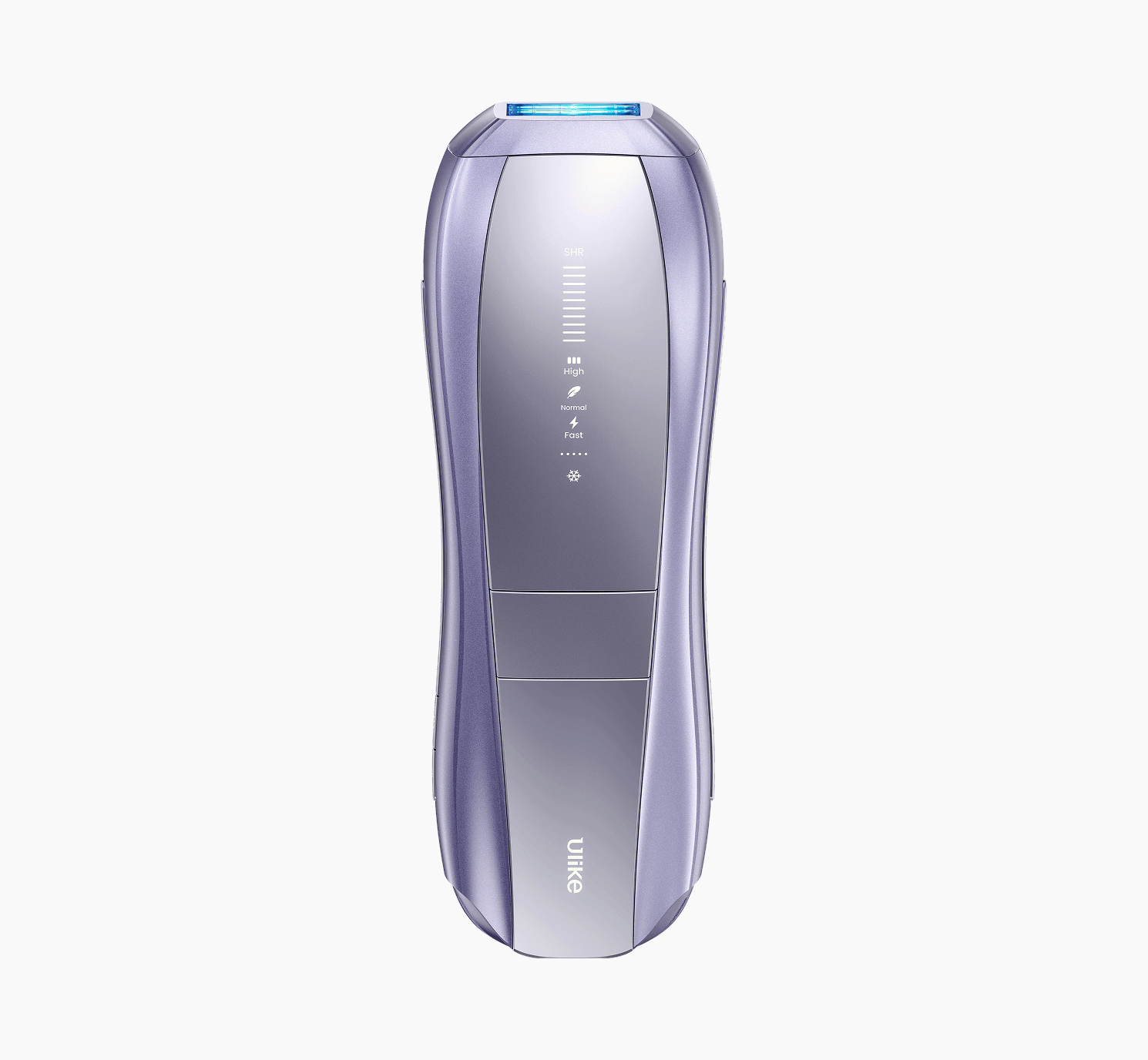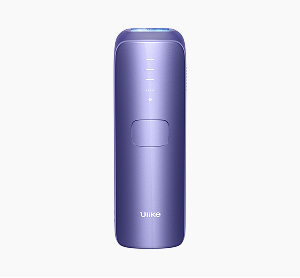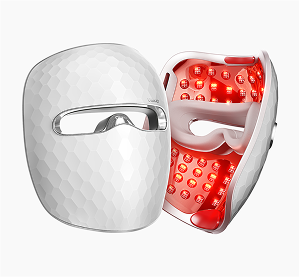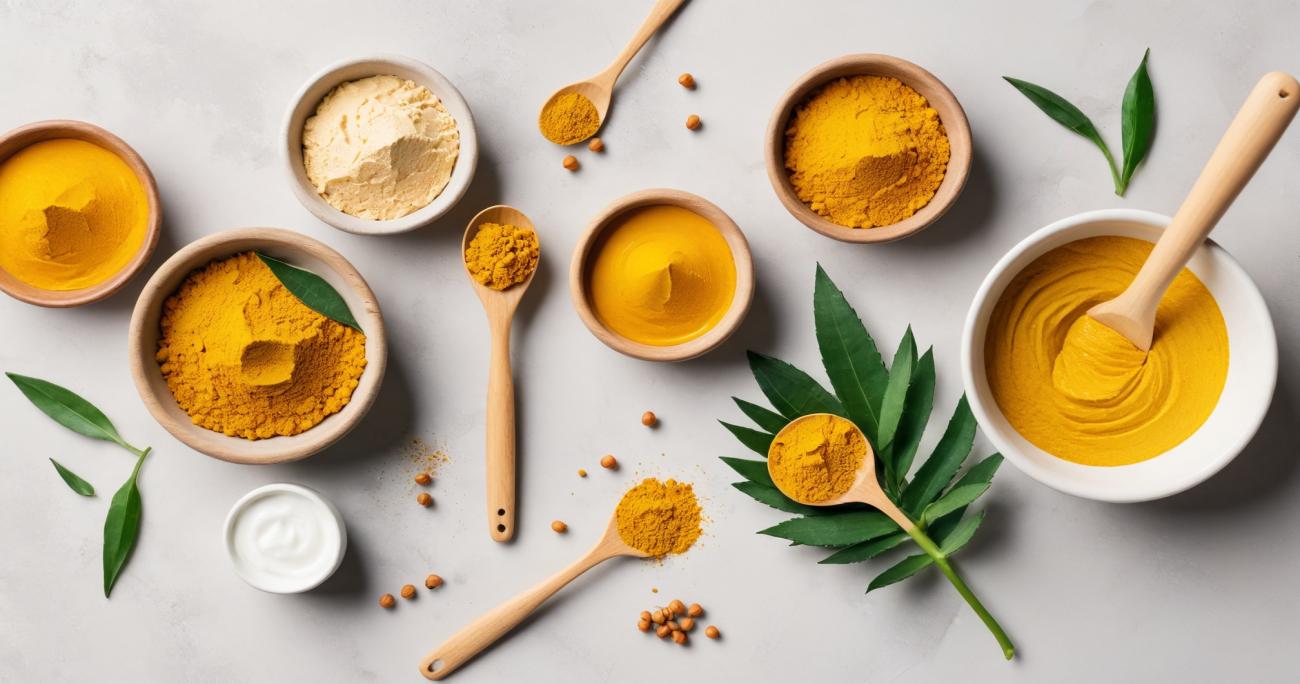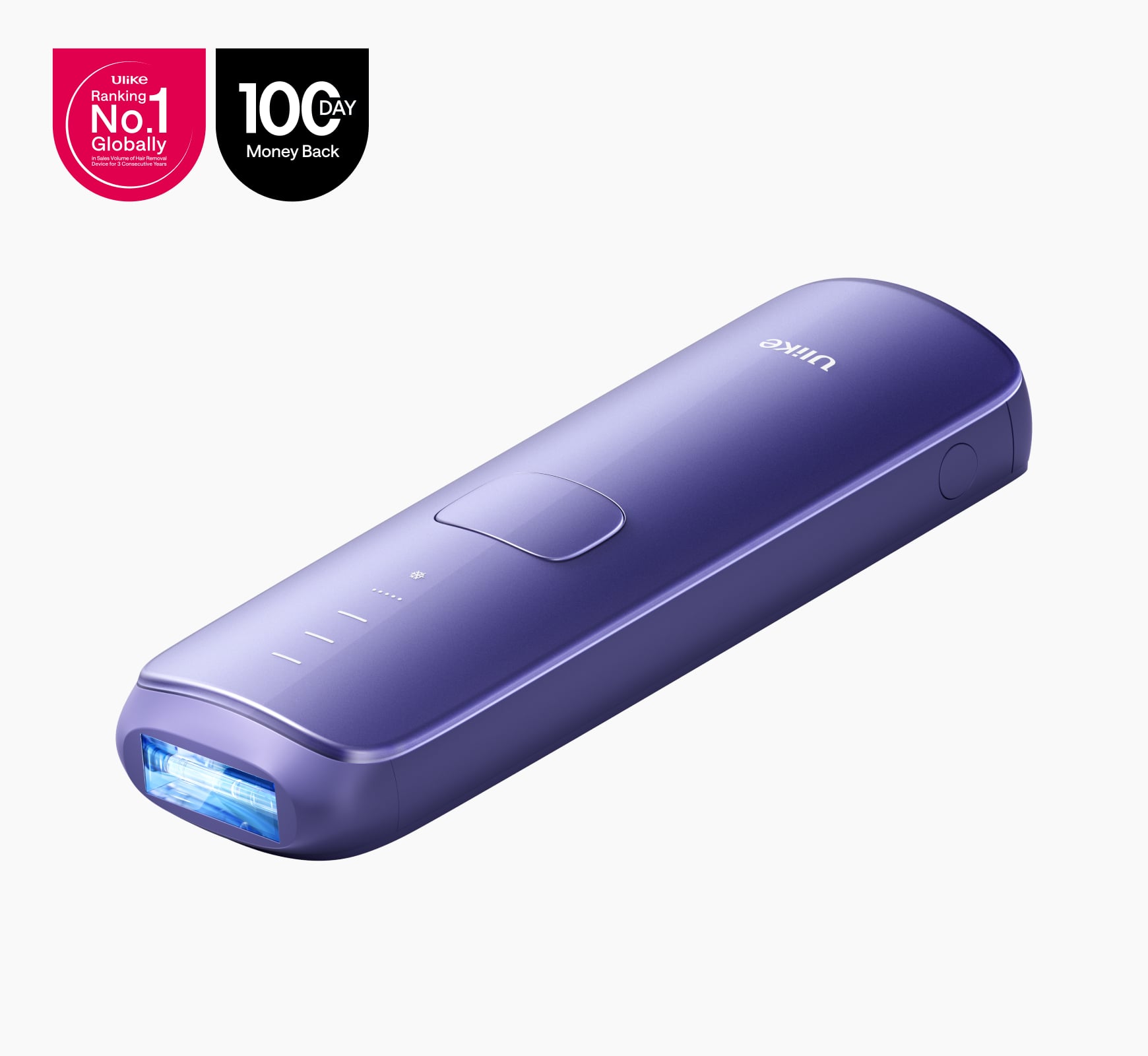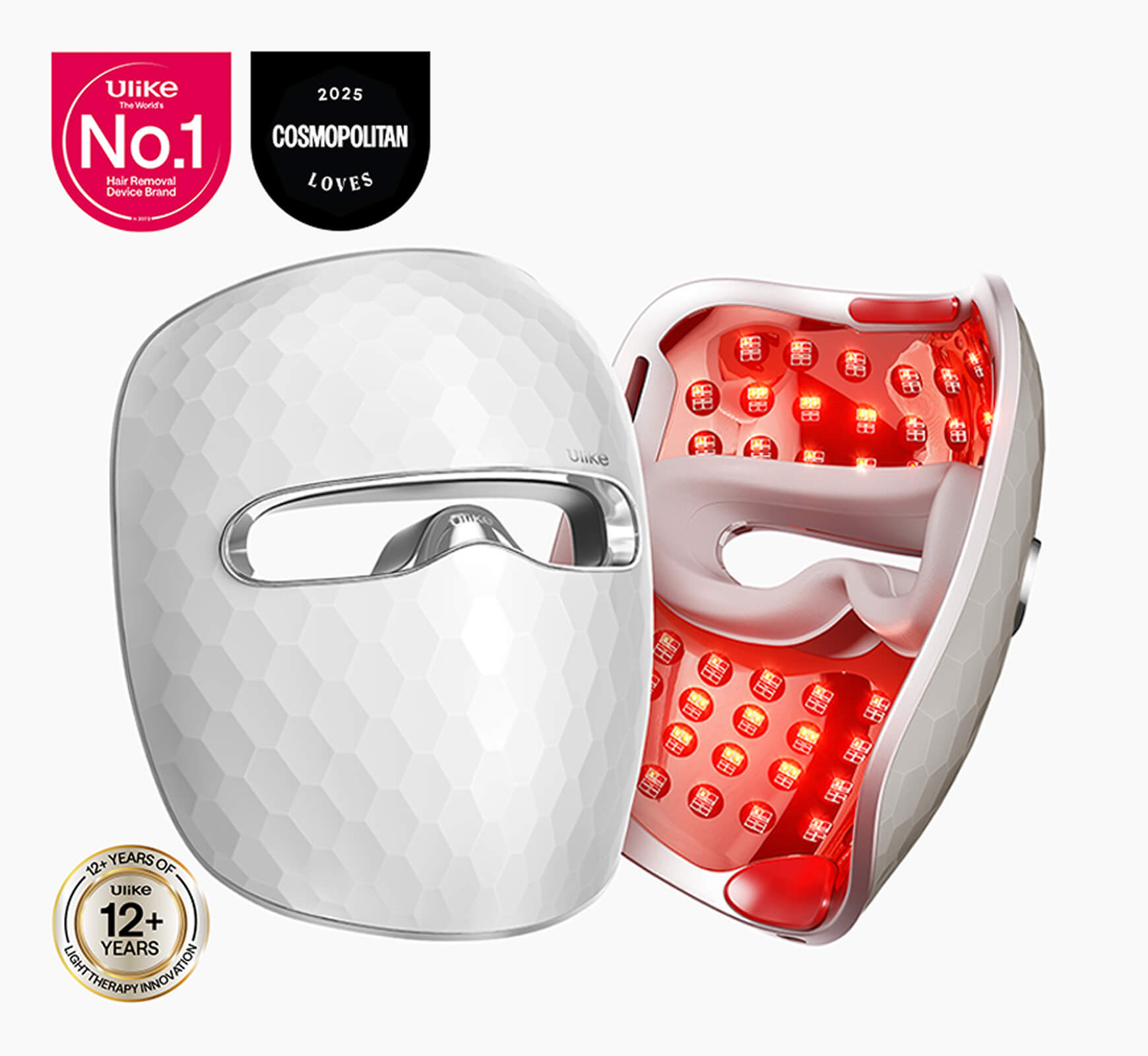Who would have thought that turmeric, that bright orange spice that is usually common in South Asian and Middle Eastern dishes, could be used to remove hair from the body? Or is it just a placebo that convinced many around the world that it can help you with your hair situation?
Information spreads ever so fast now, especially with channels like YouTube, TikTok, and Instagram, where short-form content can convey a detailed message in just a few seconds. This might also include people claiming how amazing turmeric is for hair removal. Or there might be blogs, perhaps even evidence-based claiming the same. Let’s see how much truth there really is to it.
Table of Contents:- Part 1: Does Turmeric Stop Hair Growth?
- Part 2: Turmeric Hair Removal Side Effects and Benefits
- Part 3: How to Make Turmeric Paste for Hair Removal?
- Part 4: Which Turmeric is Best for Hair Removal?
- Part 5: Other Natural Remedies for Hair Removal
Part 1: Does Turmeric Stop Hair Growth?
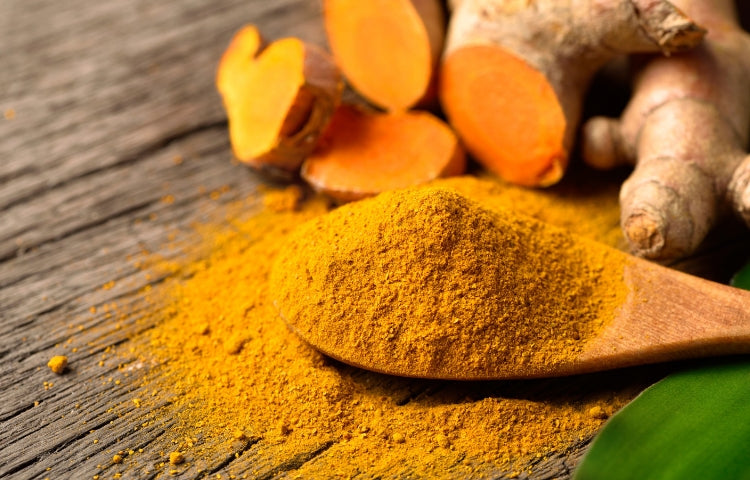
The reason why there exists medical articles and health specialists claiming that turmeric may help you reduce hair growth is because of this compound called Curcumin. Turmeric won’t help you with hair removal the way waxing does by ripping the hair out of the follicle or the way shaving does by cutting the hair off from the surface.
Curcumin has anti-inflammatory and anti-bacterial properties, so it’s long been used as a treatment for wounds but some studies also suggest that it may help weaken the hair follicle, this will eventually help easily pluck the hair out. But even then, there is very little evidence against turmeric entirely stopping the hair growth.
Part 2: Turmeric Hair Removal Side Effects and Benefits
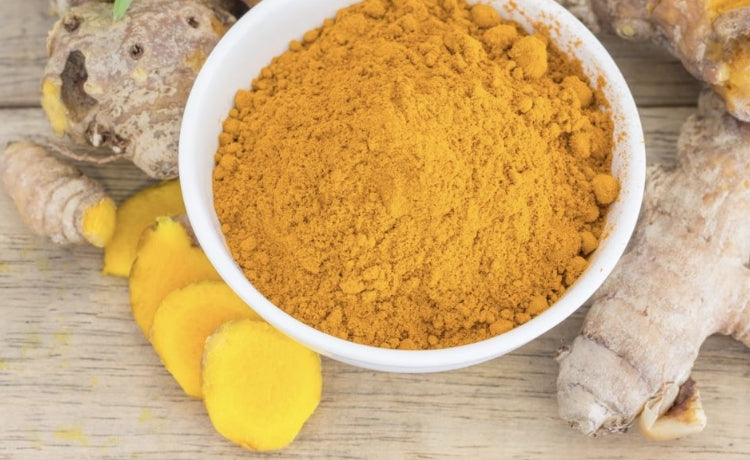
Your first assumption would likely be that since turmeric is an anti-inflammatory, anti-bacterial spice, it can do next to harm to you. Well, that may not always be the case.
Turmeric is derived from a plant called Curcuma longa plant. It is from the same family as ginger, giving you that earthy, rich flavour and thus used in multiple dishes, especially around South Asia and Middle East.
Turmeric has long played its part in Ayurvedic and traditional Chinese medicine, where it is majorly found to be immensely beneficial in many ways but in certain regions it is used as a hair removal method. It may have its benefits such as:
- It has certain anti-inflammatory properties that may be safe to use on skin, and it could potentially prevent acne as well thanks to its anti-bacterial properties.
- Curcuma oil found in turmeric may be beneficial for helping you reduce dark spots on your face.
- Since turmeric powder has a grainy texture to it, you can use it as a scrub and gently exfoliate.
- A turmeric mask may help mechanically pull out the hair from the root while aiding a brighter complexion, and skin soothing properties.
Most of these benefits are attributed to skin health, showing little evidence that turmeric might actually contribute to stopping or even reducing hair growth. But if you choose to make turmeric facial wax, it will act as wax and provide you with some hair removal benefits.
Some people might be sensitive to it and may trigger an allergic reaction. And let’s not forget that turmeric is highly pigmented, so the turmeric facial wax side effects may include leaving a yellowish hue everywhere the turmeric touches, and it may not always be the easiest to get rid of it.
Part 3: How to Make Turmeric Paste for Hair Removal?
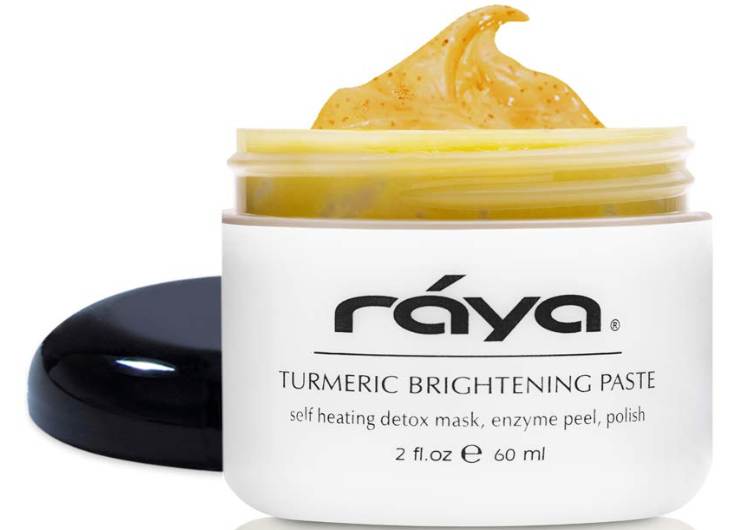
There are a couple of ways you can make a turmeric paste. But for when you want to make a specific mask solely to remove hair, you can experiment with these recipes:
- Combine turmeric and water and apply to the face and wash it off after 20-25 minutes. You will get some benefits from the Curcumin found in turmeric. If you want the paste to be thinker for better application, you can add aloe vera gel too.
- Add turmeric, flour, and yoghurt, so it doesn’t stain your skin as much. Leave it on till it dries and you can peel or rub the mask off, where some of the hair might come with it. This obviously depends on the texture and strength of the hair too.
- Combine sugar, turmeric and water and heat it to make a sticky paste out of it. You can use it as a wax and apply it on your body to remove hair from anywhere.
Part 4: Which Turmeric is Best for Hair Removal?
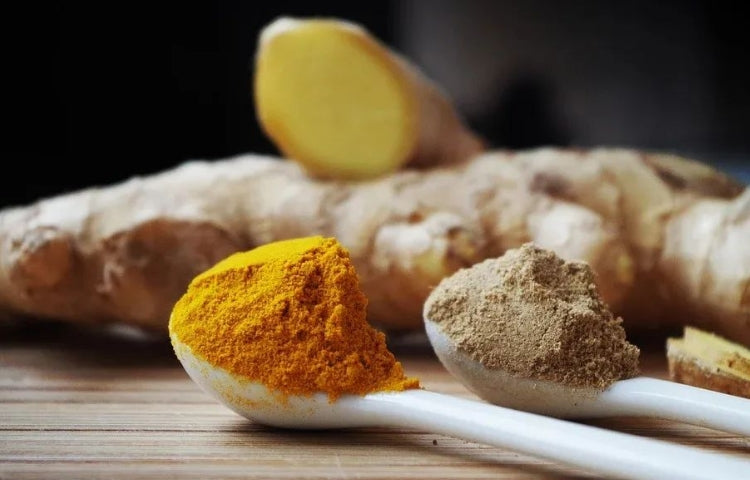
When you go out to the market and see that there are multiple turmeric options you can choose from, you might want to go with the one that doesn’t stain a lot, has a decent aroma which is not too strong, is rich in antioxidants and can help with skin brightening.
Some of the options that you might come across may be Curcuma Longa, which is the normal turmeric easily available nearly everywhere. Curcuma Aromatica or Kasturi Turmeric, this is the most preferred because of its subtle fragrance and because it doesn't stain as much. Curcuma Zedoaria, which is pale yellow almost like a ginger and is also called white turmeric.
Part 5: Other Natural Remedies for Hair Removal
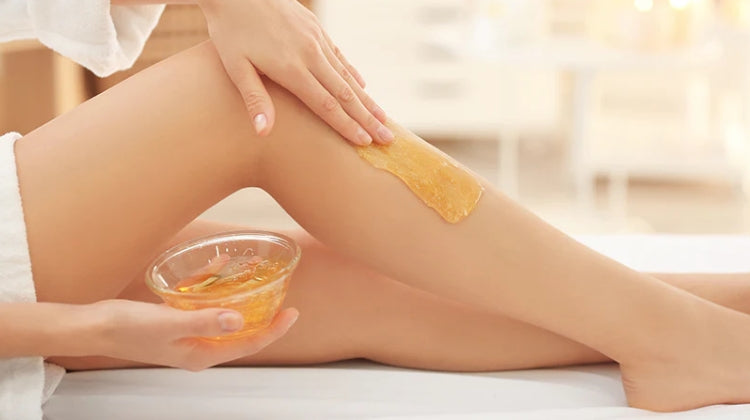
When the contemporary methods of hair removal were not as prevalent, people resorted to their kitchen ingredients to help them remove hair some of the most notorious remedies are as:
- Sugar Wax: Sugaring once used to be a really popular hair removal method, which was very similar to what we call waxing. It is a sticky paste that you can apply in the direction of hair growth and pull the hair across. You can do sugaring anywhere on your body.
- Papaya and Turmeric Paste: We know papaya to be a really delicious fruit, or not, depending on your personal preference. But you can create a paste out of it by combining it with turmeric. Massage it in the direction of hair growth and leave it on for around 20 minutes before washing it off. The enzyme in papaya called papain is known to help break down hair follicles. If you apply this paste frequently over a period of time it may help slow hair growth over time.
- Spearmint Tea: Women with conditions like hirsutism, PCOS, or any hormonal disorders have coarse dark, male-pattern hair growth sometimes which can take a toll on the mental state of a person. Spearmint tea is not a topical solution, but drinking it for over a period of about 4 weeks can help reduce excessive hair growth,
- Chickpea Flour (Besan) and Milk Paste: This paste is often used for face because chickpea flour has been a major ingredient in many facial masks attributing to its exfoliating and hair removal properties. It is generally a safe mask to use that may help you reduce hair growth, especially the peach fuzz over time.
Bottomline
While all the traditional methods of hair removal are not very skin damaging, they are unfortunately no longer traditional, as there are better hair removal methods in the market you can test out, such as IPL hair removal devices. There’s one for everybody so you might give another a shot if one of the methods doesn't seem to work out so well for you.

